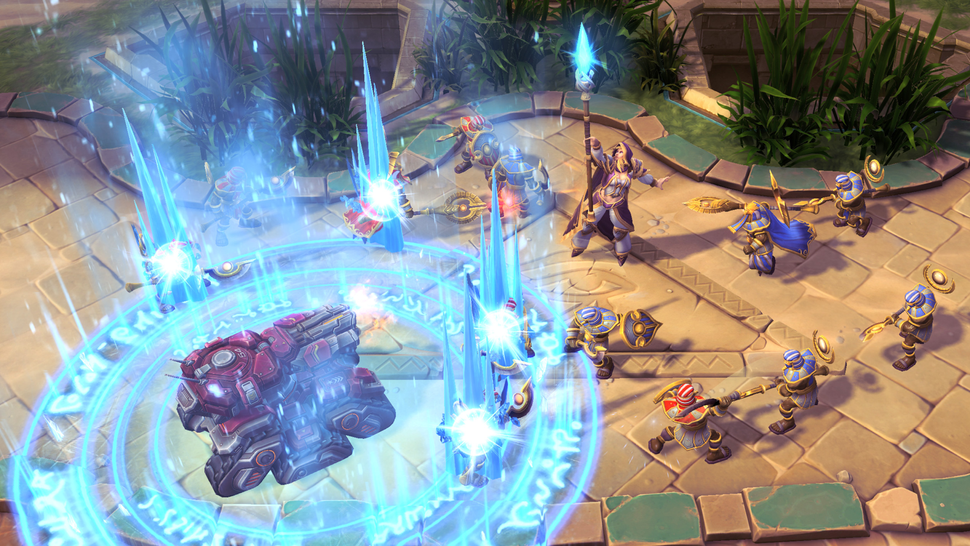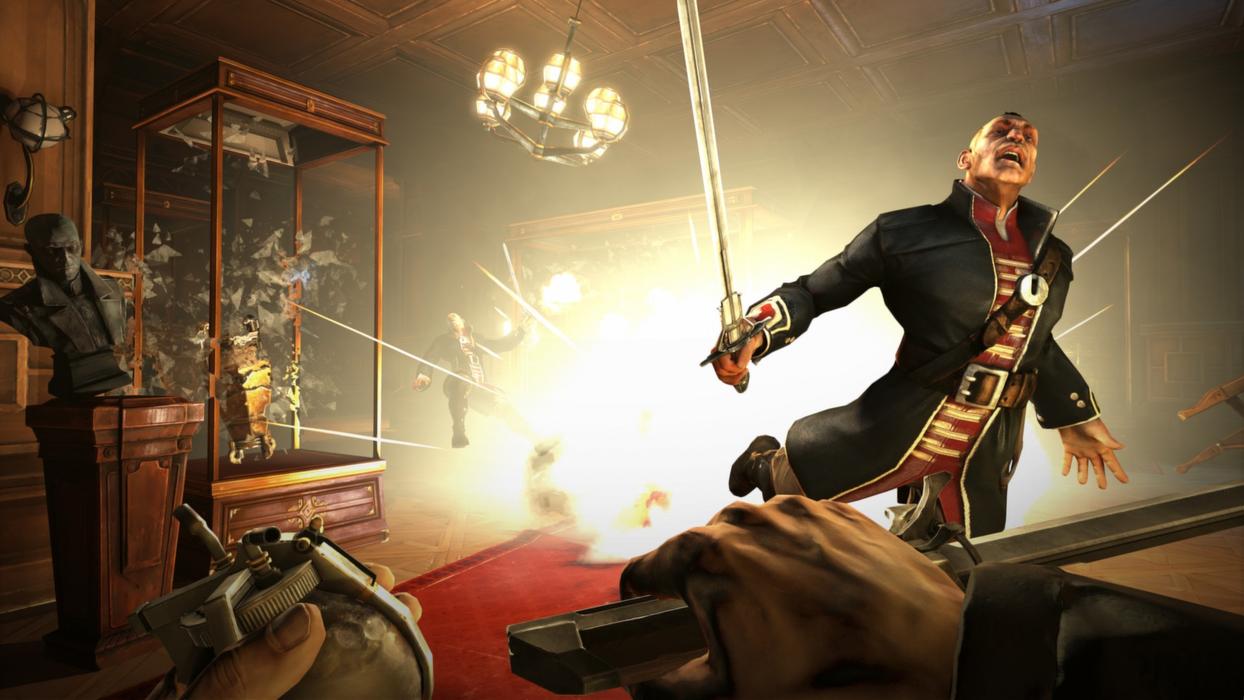

I'd wager Microsoft just wanted to keep those install and purchase buttons in clear view at all times. It looks cleaner, with a left-hand navigation bar and multiple panes for individual app entries. Less noticeable than the taskbar changes, but still important, is the new Windows Store. These days, I don’t need a glanceable screen for my calendar, news and mail, not when my smartphone is always within reach. You can reach them by hitting the widget button in the taskbar, but frankly, I found them useless. Windows 11 also marks a major return for widgets: bite-sized apps that also appeared in Windows 7. (Note: I originally didn't see Night Light settings when I tested Windows 11, but recently it just inexplicably appeared in the system shortcuts.) Everything looks sleeker than Windows 10, though some options are gone entirely. You can also easily reach some accessibility tweaks, like enabling the magnifier or color filters. It’s similar to the system shortcuts in Windows 10, allowing you to change Wi-Fi networks, enable airplane mode and quickly change your brightness and volume. Hitting the date and time brings up your notifications and calendar, while clicking on the volume or networking icons makes the new action center pop out. Microsoft has also reworked system tray, for better and worse.

But fret not, Windows diehards: You can still shove the entire taskbar back to the left side of the screen. To put it uncharitably, though, it also seems a lot like macOS. This refreshed look extends throughout Windows 11: App windows now have rounded corners icons, Windows Explorer and the Settings app look sharper than ever and even the sound effects have been cleaned up.

Windows 11 goes a step further: What if being productive was also pleasant and oddly relaxing? Windows, meet mindfulness. Windows 10 was laser-focused on productivity it aimed to make you as efficient as possible. It's basically a fresh coat of paint on top of Windows 10 (and likely a last-ditch attempt at rebranding the defunct Windows 10X.) But the more I use it, the easier it is to see that small design tweaks can go a long way. Given that Windows 10 was already pretty polished when it launched, and only got better over time, why the need for a whole new version?Īfter testing early builds for months, as well as the shipping release this past week (here's how to nab it yourself), it's clear that Microsoft isn't actually trying to fix much with Windows 11.

Before that, Windows 7 was meant as a palate cleanser to help us forget about the bloated mess that was Vista. What's the point of Windows 11? With Windows 10, Microsoft had to make a big course correction from Windows 8, an ambitious yet flawed attempt at bringing PCs into the touchscreen era. Update your settings here, then reload the page to see it. This content is not available due to your privacy preferences.


 0 kommentar(er)
0 kommentar(er)
